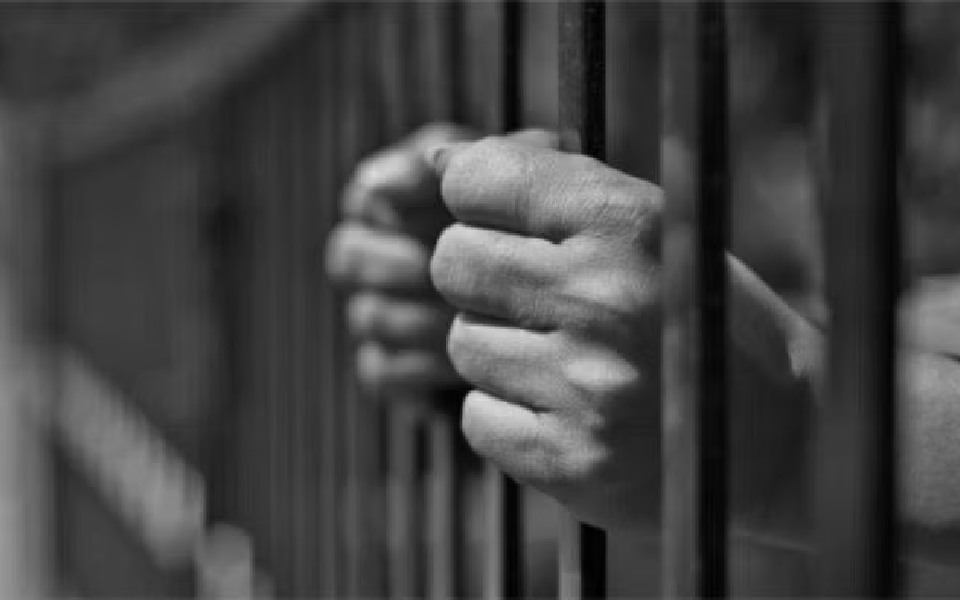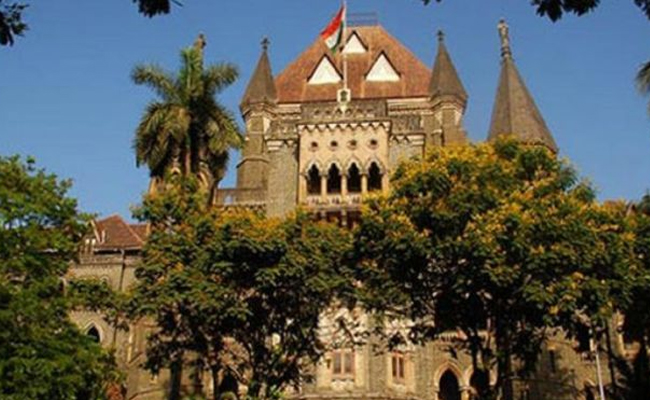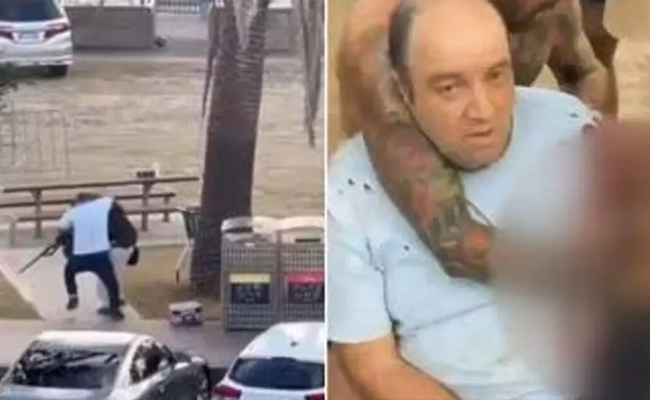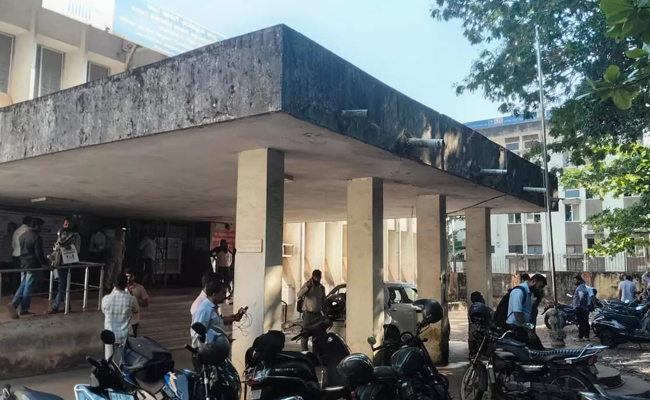Several studies, investigations, and research have shown that Muslims in India lag behind other communities in employment, education, industry, and business. In many key sectors, the representation of Indian Muslims has alarmingly declined. However, in some areas, they are significantly ahead of others—for example, in prisons.
The Indian government released the "Prison Statistics of India" report up to December 2021, which categorizes prison inmates into four groups:
1. Individuals convicted and sentenced by the court.
2. Under-trial prisoners awaiting judgment.
3. Individuals detained for various reasons.
4. Those who do not fall into the above three categories but are still in custody, though their numbers are minimal.
According to the report, 30% of the inmates in Indian prisons are Muslims. This means the Muslim population in prisons is twice their proportion in the country's total population.
While this is the situation at the national level, the scenario in Karnataka is equally concerning. A joint study conducted in 2022 by the Karnataka State Legal Services Authority (KSLSA) and the Commonwealth Human Rights Initiative (CHRI) revealed that 22.3% of under-trial prisoners in Karnataka are Muslims. This indicates that the representation of Muslims in prisons is disproportionately high compared to their population in the state. Whether they are guilty or innocent, the fact that people from any community are languishing in prisons for years without a verdict is a matter of serious concern and requires immediate attention from society and the government. If minority communities are suffering disproportionately as under-trial prisoners, the ministers, departments, and corporations responsible for minority welfare must take special responsibility. The concerned departments must urgently address this issue.
In 2015, the Karnataka State Minority Commission (KSMC) had proposed measures to assist under-trial prisoners from economically weaker minority communities in various state prisons. The then-chairperson of the commission, Balkis Banu, visited Parappana Agrahara Central Prison and inquired about the conditions of under-trial prisoners. Out of the 4,000 under-trial prisoners there, 2,017 belonged to minority communities. Most of them came from low-income backgrounds and could not afford legal aid. The commission considered forming an expert committee to assist such individuals. The committee also planned to focus on cases where prisoners had already spent more time in jail than the maximum sentence for the crimes they were accused of. Additionally, the commission aimed to provide educational support for the children of poor under-trial prisoners. As a first step, the commission proposed forming a committee to study the socio-economic conditions of under-trial prisoners.
In 2019, when G.A. Bawa was the chairperson of the Karnataka State Minority Commission, journalists asked him what steps the commission had taken to help under-trial prisoners from minority communities who were stuck in jail solely due to lack of financial resources. He responded, "After I became the chairperson, I visited the central prison in Bangalore. Among the under-trial prisoners, 30-35% belong to minority communities. Many of them are first-time offenders. The commission is in discussions with lawyers to provide legal aid. I have instructed prison officials to provide complete information on this matter. The commission is also in talks with some NGOs."
However, the outcomes of these discussions remain unclear. How many under-trial prisoners actually received legal aid? How many were granted bail? How many children of prisoners received educational support? These questions remain unanswered. Recently, there has been no significant progress on this issue.
The disproportionate representation of minorities and marginalized communities in prisons raises an important question: Is it due to a higher tendency for crime in these communities, or is it because of biases, prejudices, and lack of sensitivity in the police department, judiciary, and society at large, especially within the criminal justice system? This is a significant question that warrants serious discussion.
In 2019, two organizations, "Common Cause" and the "Centre for the Study of Developing Societies" (CSDS), conducted a study on the state of policing in India and published a report. Among other issues, the report highlighted the biases against women, various castes, and minorities. The comprehensive survey, titled "Status of Policing in India Report," contacted 12,000 police personnel and 11,000 of their family members across 22 states. One of the questions asked was, "Do Muslims have a natural tendency to commit crimes?" Respondents were given four options:
1. Very much
2. Somewhat
3. Rarely
4. Not at all
The survey revealed a high level of prejudice against Muslims compared to other communities like Scheduled Castes, Scheduled Tribes, and Other Backward Classes. When asked if Muslims naturally tend to commit crimes, 13% did not respond. Among the remaining 87%, 14% said "very much," 36% said "somewhat," 25% said "rarely," and 17% said "not at all." Combining the first two responses, it is clear that 50% of police personnel hold serious prejudices against the Muslim community. The survey also found that about 33% of police personnel believe that all communities have a natural tendency to commit crimes.
The survey was conducted in 32 states, and some findings related to Karnataka are particularly noteworthy. Among Karnataka's police personnel, 26% said Muslims have a "very much" tendency to commit crimes, 23% said "somewhat," 39% said "rarely," and 11% said "not at all." Combining the first two responses, 49% of Karnataka's police personnel hold strong prejudices against Muslims.
Another notable point is that Karnataka's police personnel do not limit their prejudices to Muslims alone. When asked the same question about Dalits, 21% said "very much," 24% said "somewhat," 34% said "rarely," and 19% said "not at all." Combining the first two responses, 46% of Karnataka's police personnel hold strong prejudices against Dalits.
According to the National Crime Records Bureau (NCRB) report for 2021, out of 5.54 lakh prisoners in India, 3.73 lakh (67.5%) belong to Scheduled Castes, Scheduled Tribes, and Other Backward Classes.
The disproportionate representation of minorities and marginalized communities in prisons raises the question: Is it due to a higher propensity for crime in these communities, or is it because of biases, prejudices, and lack of sensitivity in the police department, judiciary, and society at large, especially within the criminal justice system? This is a significant question that warrants serious discussion. In the current scenario, it is certain that elements of discrimination, hatred, and vindictiveness against specific communities play a role. As long as such unhealthy mentalities persist in society, especially among law enforcers, certain communities and groups will continue to be victimized. This is not unique to India; similar, if not more alarming, situations have been observed in other parts of the world. For example:
- In England and Wales, the Black population is only 3.7%, but they constitute 12.2% of the prison population—four times their proportion in the general population.
- In the USA, the Black population is 13.2%, but they make up 35.8% of the prison population—three times their proportion in the general population.
- In Canada, Indigenous people constitute 3% of the population but 21% of the prison population—seven times their proportion in the general population.
- In Australia, Indigenous people and Torres Strait Islanders make up 3% of the population but 17.4% of the prison population—nine times their proportion in the general population.
In these countries, the reasons behind such disparities and potential solutions have been widely discussed. Investigations, studies, and surveys have been conducted, and there are repeated calls for effective measures to ensure impartiality in the legal system. In this context, it is essential for India to discuss the measures needed to maintain strict impartiality in the legal system.
In 1989, the central government enacted the Scheduled Castes and Scheduled Tribes (Prevention of Atrocities) Act, following which many state governments set up special police stations to handle cases of atrocities against Scheduled Castes and Scheduled Tribes. Last year, the Karnataka government established 33 special police stations to handle cases of atrocities against Dalits, which operate under the Directorate of Civil Rights Enforcement (DCRE). While their effectiveness is unclear, this is undoubtedly a commendable step. Given that minorities are also victims of systemic bias and prejudice, it is worth considering similar alternative systems for them too. At the very least, this issue deserves serious discussion, especially by the state's minority welfare ministry, corporations, and commissions.
The article was published by Vartha Bharati Kannada on Mar 02, 2025 and is translated in English by Asim, Bangalore.
Let the Truth be known. If you read VB and like VB, please be a VB Supporter and Help us deliver the Truth to one and all.
Panaji (PTI): The Bombay High Court on Monday converted a civil suit against Birch by Romeo Lane nightclub into a Public Interest Litigation (PIL) saying "someone has to be held accountable" for the tragedy in which 25 people were killed.In a stern observation, Goa bench of the High Court of Justices Sarang Kotwal and Ashish Chavan said the local panchayat had "failed to take suo motu cognisance" of the club and had taken "no action despite complaints."
The division bench directed the Goa government to file a detailed reply on the permissions granted to the nightclub.
The High Court, while fixing January 8 as the next date of hearing, pointed out that commercial operations were continuing in the structure despite it having been served a demolition order.
The original petition was filed after the December 6 tragedy by Pradeep Ghadi Amonkar and Sunil Divkar, the owners of the land on which the nightclub was operating.
ALSO READ: Veteran Congress leader Shamanuru Shivashankarappa laid to rest with full state honours
Advocate Rohit Bras de Sa, the lawyer representing the petitioner, was made amicus curiae in the matter and has been asked to file a detailed affidavit in the matter.
In their petition, Amonkar and Divkar highlighted "the alarming pattern of statutory violations that have remained inadequately addressed despite multiple complaints, inspections, show-cause notices, and even a demolition order".
They contended that these violations posed "immediate threats to public safety, ecological integrity, and the rule of law in the state of Goa."
Investigations by multiple agencies into the nightclub fire have revealed various irregularities, including lack of permissions to operate the nightclub.
The Goa police arrested five managers and staff members of the club, while co-owners Gaurav Luthra and Saurabh Luthra have been detained in Thailand after they fled the country.





